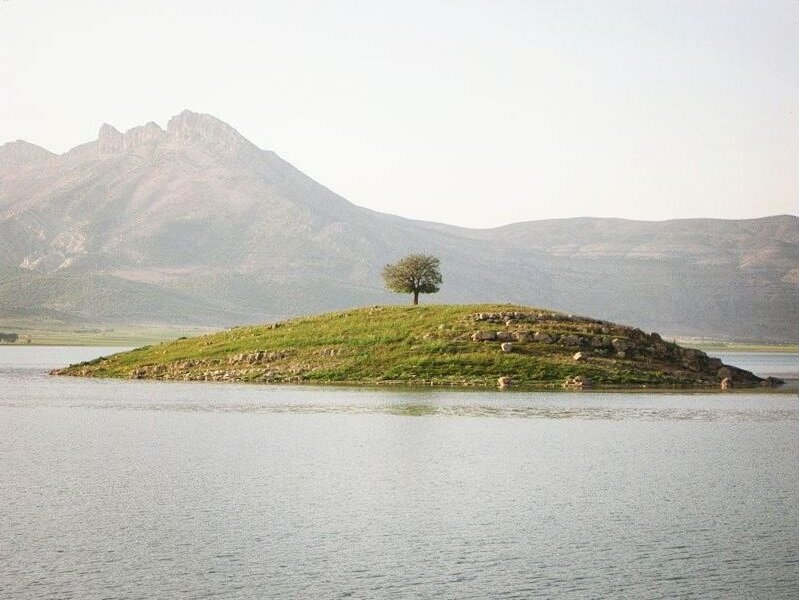Arjan Biosphere Reserve: from terrestrial to aquatic life

TEHRAN – The Arjan and Parishan Biosphere Reserve, situated in the Zagros Mountains in the Caucasus-Iranian highlands, encompasses terrestrial as well as water habitats, where significant elevation difference creates a rich diversity of flora and fauna.
The Reserve has two entirely different climates and elevations ranging from 800 m to 2,400 m. This has resulted in diverse living conditions and habitats throughout the area, which include the Zagros forests in the central and southern parts, the Miyankotal highlands, and the Arjan and Parishan wetlands.
The existence of two wetlands in the area provides a wide variety of aquatic fauna and flora species to the biotic community of the reserve. Recent studies carried out in the Fars Province identified 2,253 species of flora and 398 species of fauna (including 60 mammal species, 43 fish species, 41 creeper species, and 4 amphibian species) in the area.
The biosphere reserve has been listed as a Ramsar site, meeting the ecological and biodiversity criteria of this universal convention, according to the UNESCO website.
The area encompasses 29 villages, of which only 17 are concentrated around the Parishan wetland with the remainder scattered throughout the reserve. Additionally, a large number of nomads spread out across the reserve during the summer. Taken together, the reserve serves a constant population of approximately 14,000 people and more than 4,500 nomads.
The rural population inhabiting the reserve is drawn mainly from three tribes: Fars, Arab, and Turk. Agriculture is the main economic activity in the area, while the people living near the wetlands practice traditional fishery and those on the eastern edge of the wetlands rear livestock and produce dairy products.
The principal problems facing the biosphere reserve are the result of land-use changes for agricultural use, groundwater depletion, overgrazing, and illegal hunting and fishing. The need to increase public awareness of these issues and review license rights is therefore a key challenge in the reserve.
FB/MG
Leave a Comment